From the contact sheets below I selected 7 photos that I think turned out the best and edited them. I also selected 3 photos that I think related to the photographer I was inspired by, MINOR WHITE, and edited them to look similar to his.

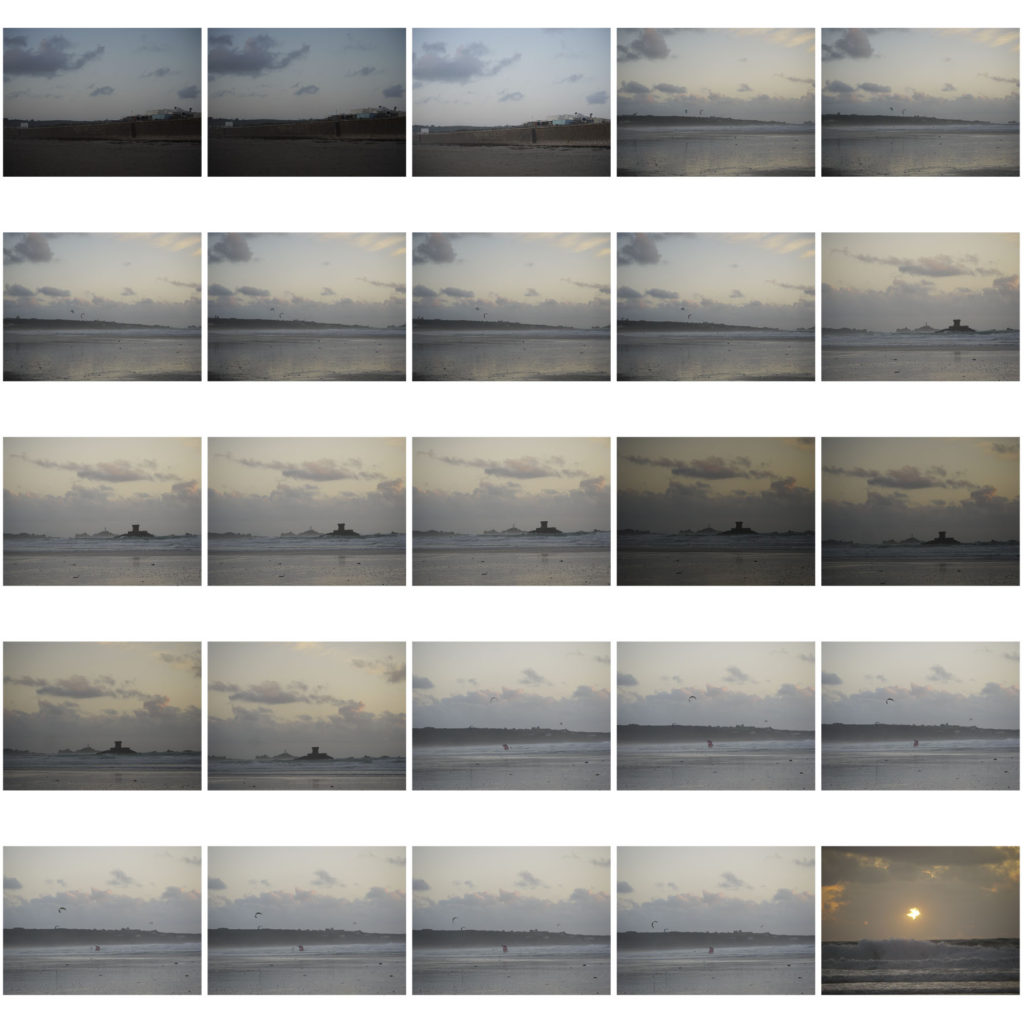
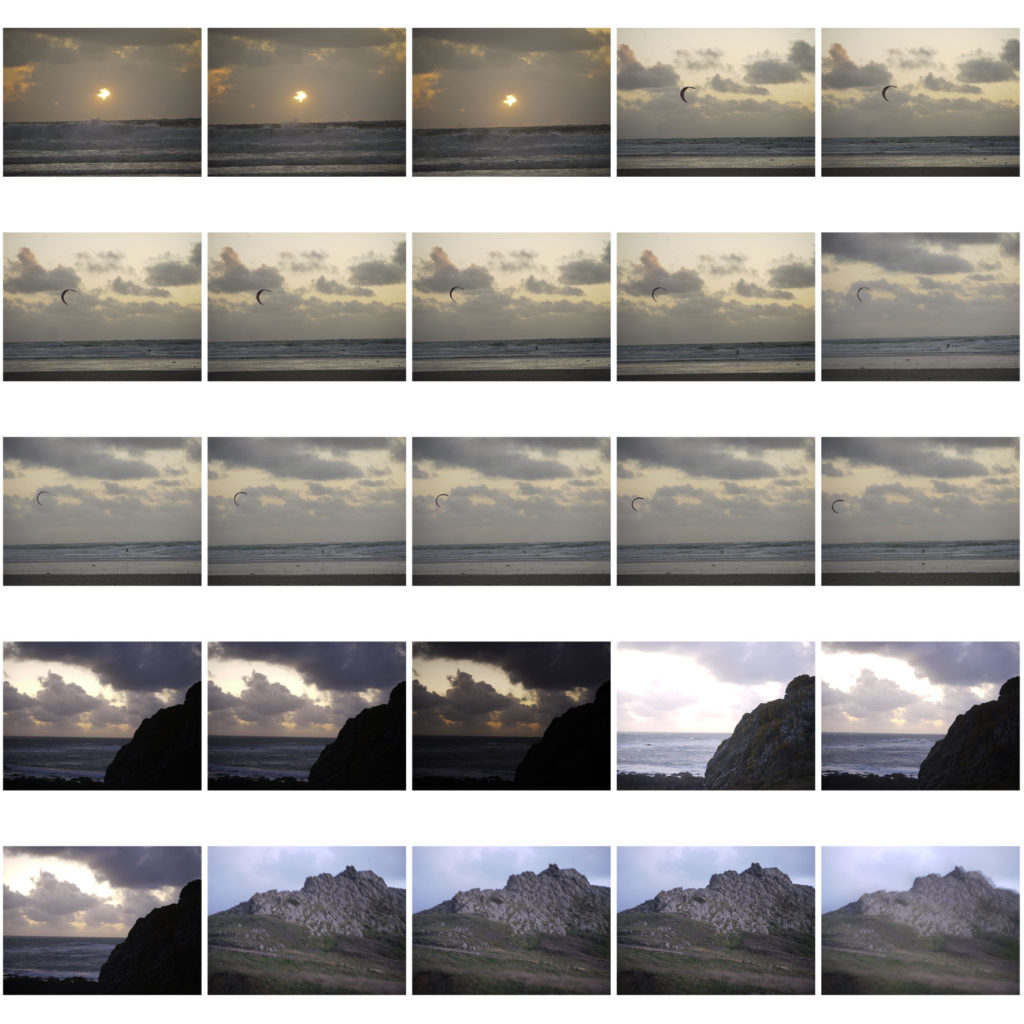


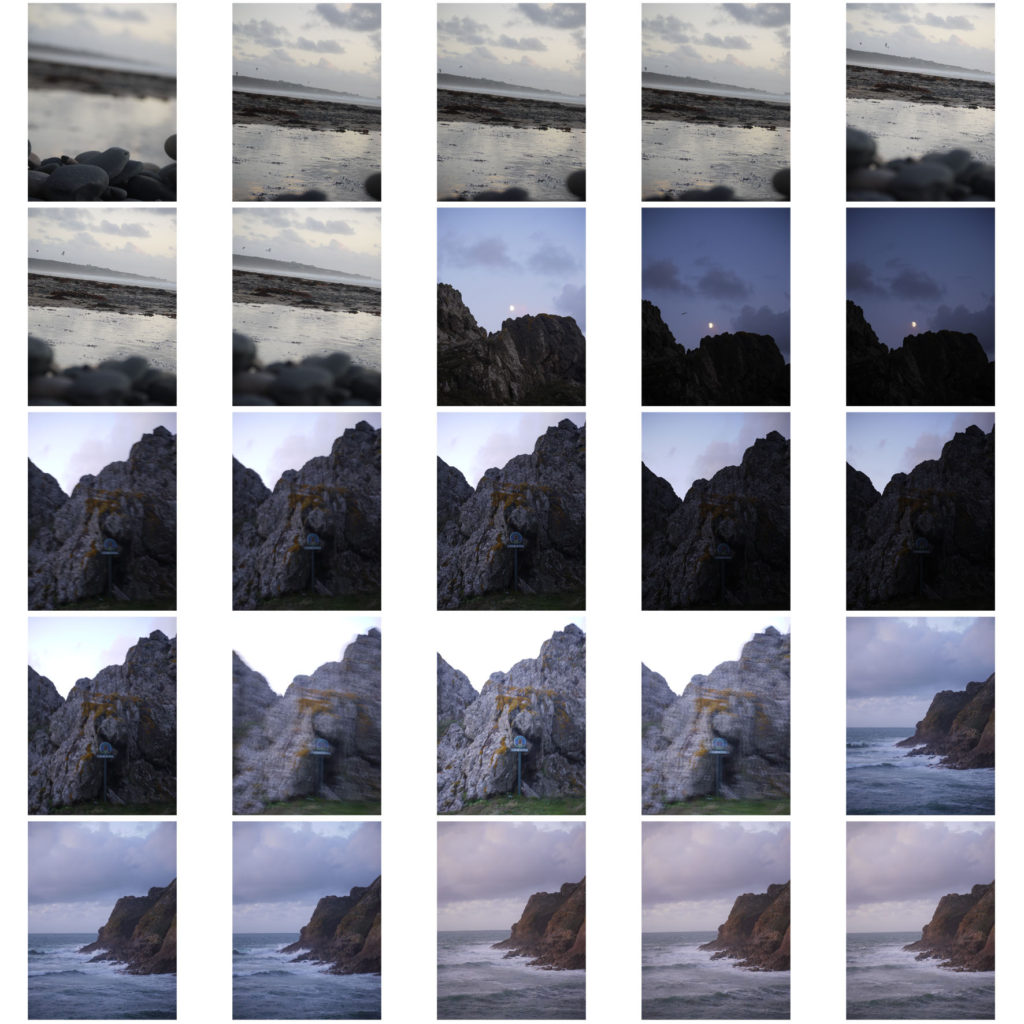
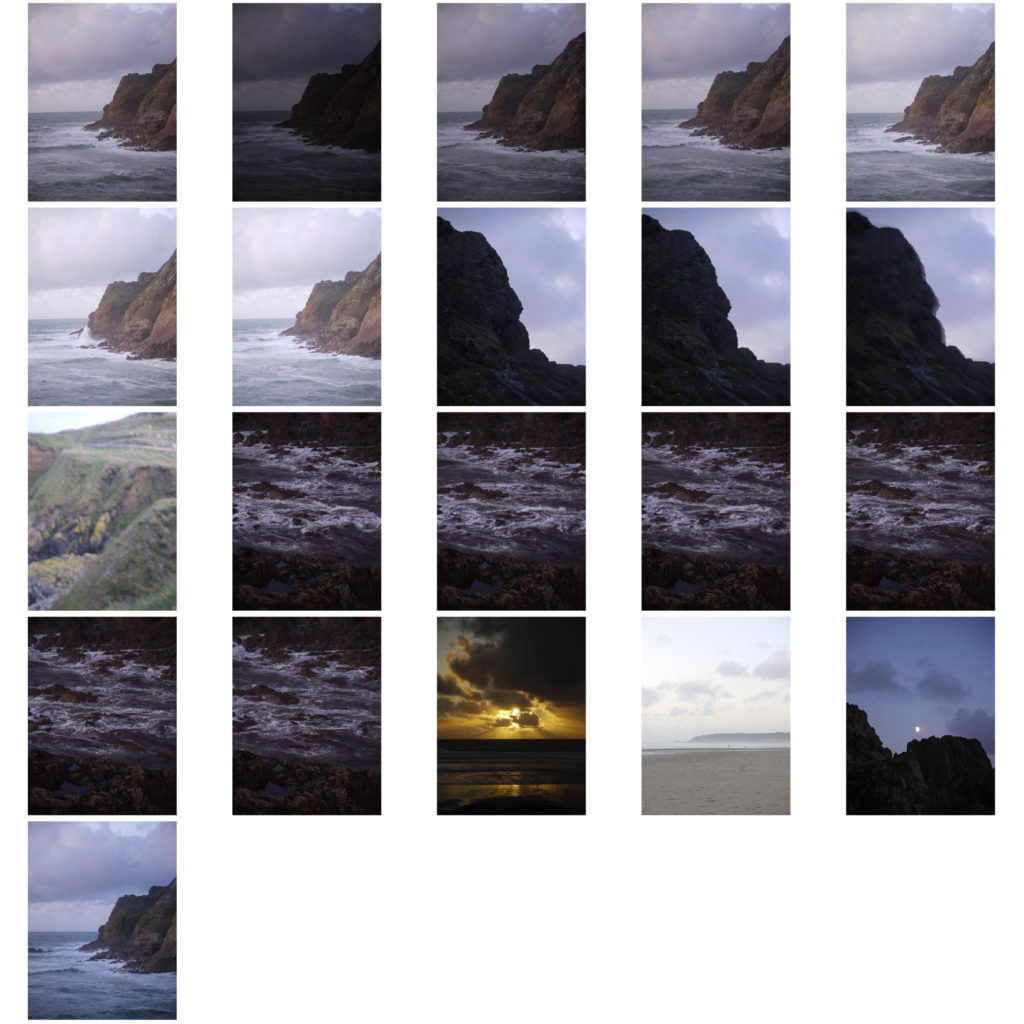
From the contact sheets below I selected 7 photos that I think turned out the best and edited them. I also selected 3 photos that I think related to the photographer I was inspired by, MINOR WHITE, and edited them to look similar to his.







New Topographic’s is a movement of Urban Landscape photography started in the 1870’s by photographers such as Frank Gohlke, Nicholas Nixon, John Schott, Joe Deal, Robert Adams, Stephen Shore and others. They began shooting and capturing images of what seemed to be regular (ugly) building or places, but they had a an unnoticed beauty with mountains in the backgrounds. Their photos were often considered dull and plain as they were taken straight on at the subjects, however, they were significant because of the meaning behind them.
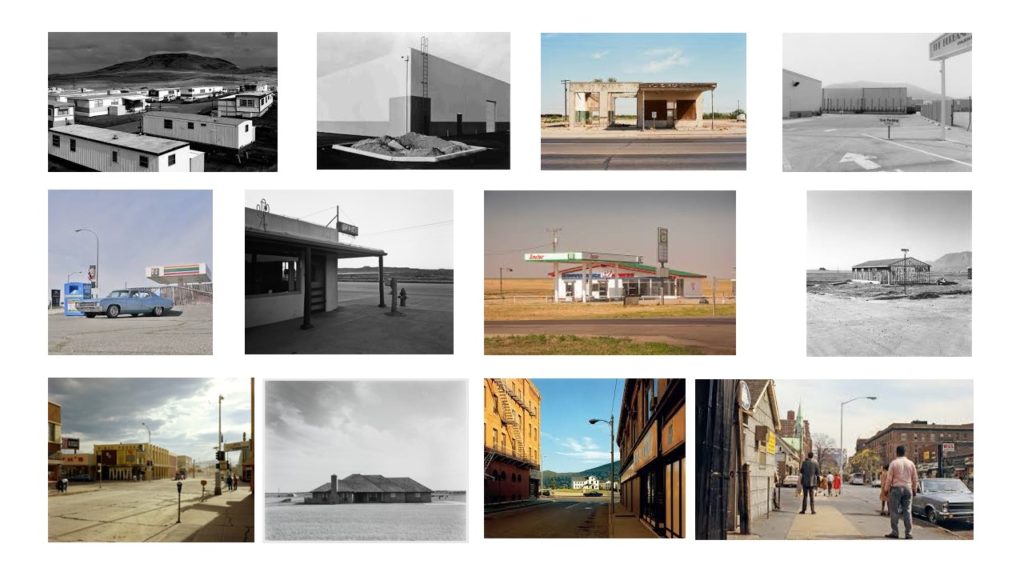
These images show juxtaposition because of the ordinary everyday architecture that is placed in amazing beautiful scenery. This could be controversial because of the personal perception of the images
Urban Landscapes are landscape shots capturing the cities or towns. They often are shot in a way that shows a meaning or trying to tell the people something. This form of photography is a very wide genre. Urban landscape can include pictures of skyscrapers, high streets or even roads. Urban landscapes can also include ‘normal’ landscapes with bits of urban building or industrial things in it. With this type of photography, both closeups and wide shots can be taken, with people or without people.Often Urban Landscapes photography can be used to show the environmental impact of the industrialisation and huge amount of structures built or being built.
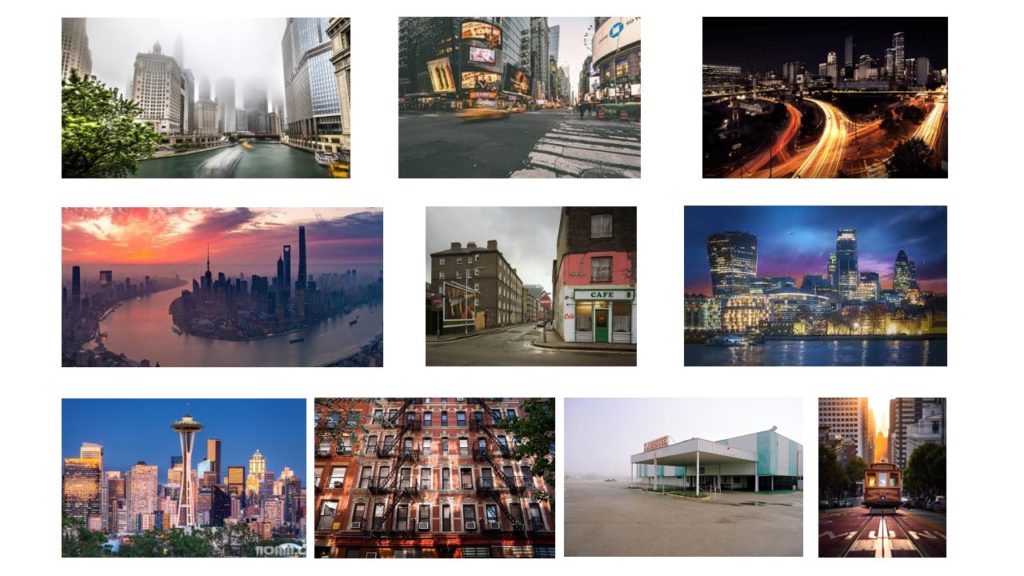
Photographer Lewis Bush took a series of black and white photographs that could be interpreted to be showing the negative impact of the development of building in cities. This series was called Metropole. They are in black and whit and have a lot of contrast.

Aperture is when your camera lens opens and closes that limits the amount of light passing through the lens and hitting the camera sensor. The lower the F-stop, the wider the opening of the aperture, meaning more light is passing through. While the higher the F-stop, the smaller the opening of the aperture, meaning less light is passing through.

Depth of field is the distance between the closest objects and furthest away objects in a photo that appears sharp. Your camera can only focus sharply at one point and in a photograph with a narrow DoF, only a small part of the image is in focus. On the other hand, with a large Do, more of the scene is sharp.
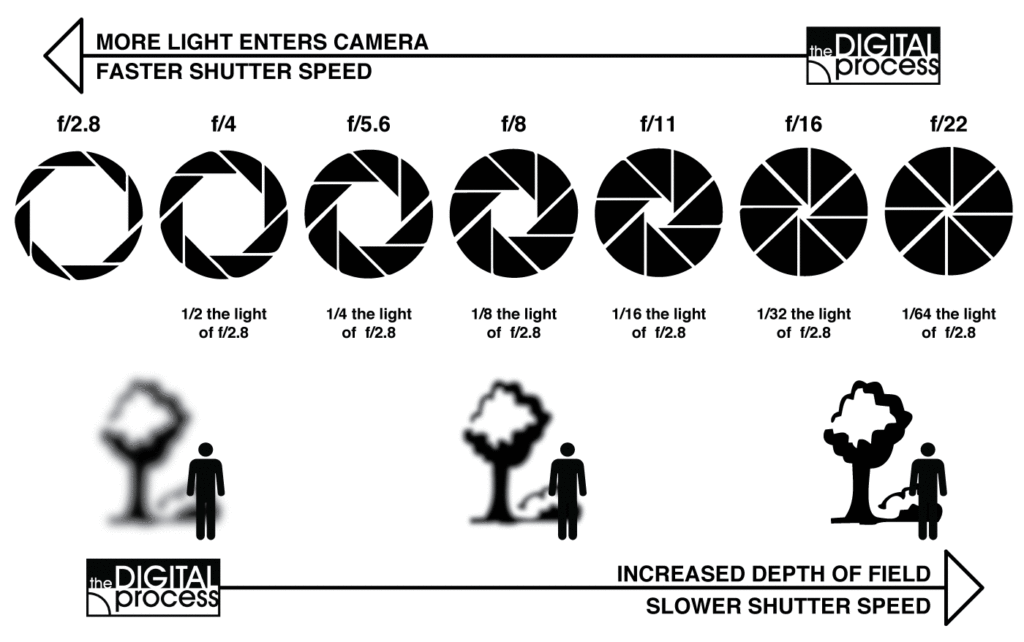
What?: I am doing a photo shoot following the works of Micheal Kenna on the theme of Romanticism and Landscape photography.
When?: I will take photos when I walk to and from school (morning/evening) and I will also spend a weekend to try and photos towards sunset/night time
Where?: St.Lawrence (fields, forests) and St. Ouens (Beach, Sand Dunes, Pond)
Why?: I am taking pictures in these locations as they are places that aren’t largely populated by humans so their won’t be a lot of human impact. Also due to my locations I will be able to show to power of nature through Romanticism.
How?: I will be using my phone; however I will be using the “Pro” function which allows me to use the camera on the phone in Manual Focus. I will also be experimenting with the Exposure Bracket. I will set my ISO to the lowest of 100 then increase it when needed (mainly when it starts to get darker). I will try to use The rule of thirds to help me align all my photos and make sure I use the space in my image wisely.

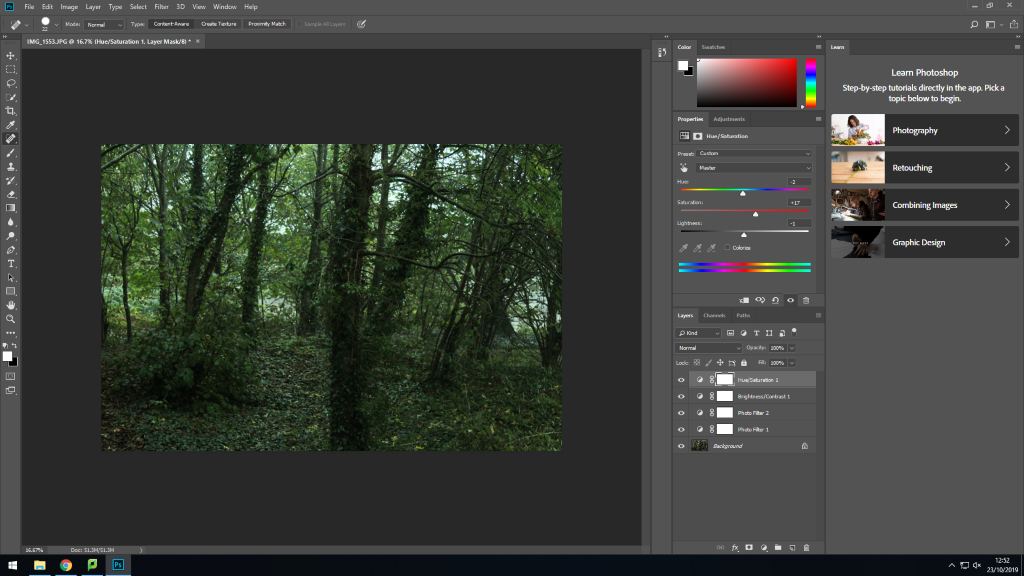
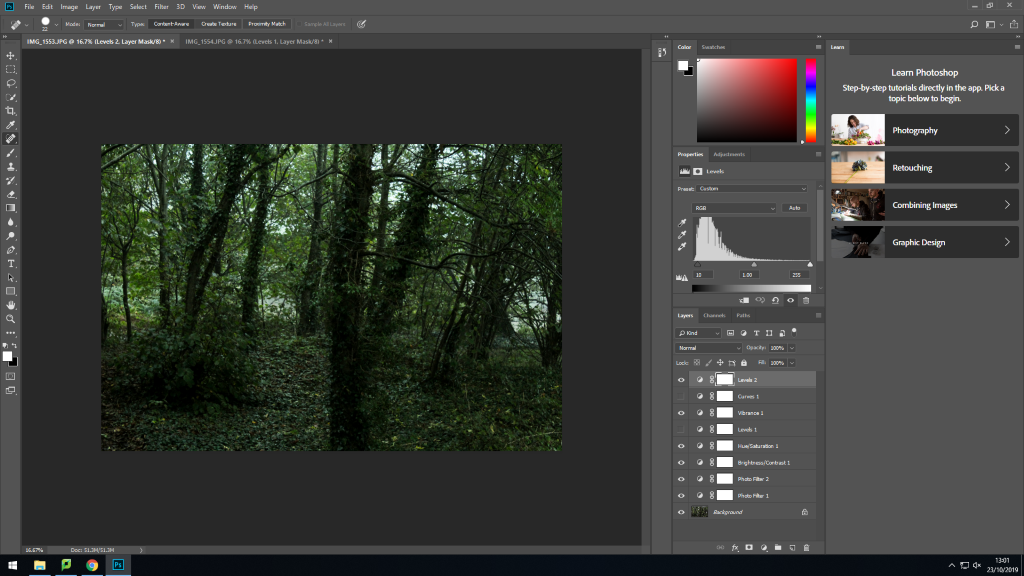

What I liked about this image were the trees in the foreground and the background, I felt that the staggered positioning gave the image depth and the impression that the onlooker is actually in the forest. To edit it I increased the green in the image to emphasise the natural setting and the complete lack of any human impact in this scene.


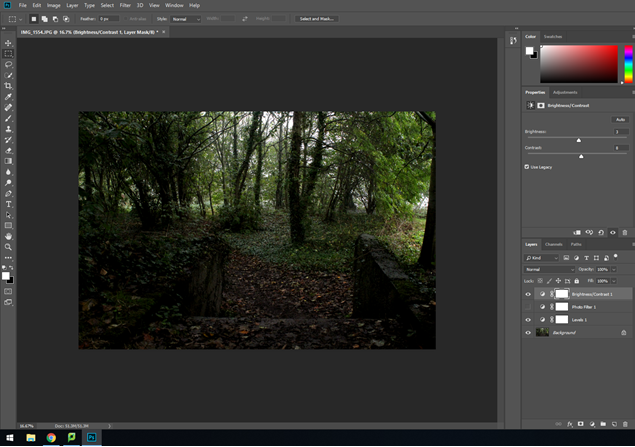
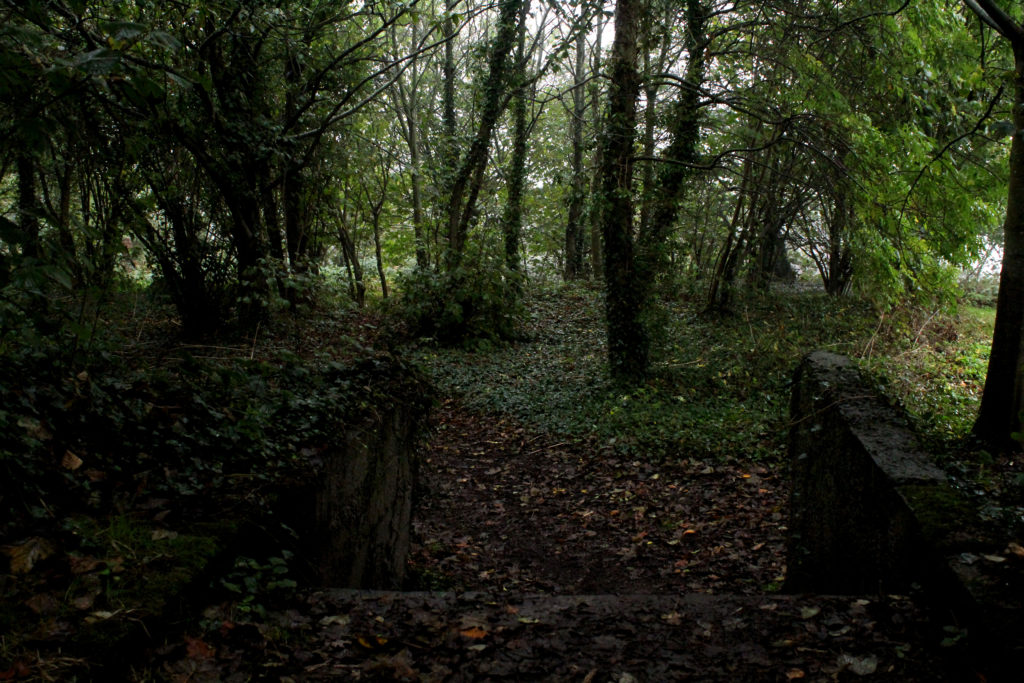
With this image, I wanted to increase the contrast between the completely natural and wild background and the straight lines of the concrete stairs in the foreground. Again, I increased the green hue and saturation of the image and I additionally adjusted the levels to change the darkness, specifically of the stairs and the tree trunks.
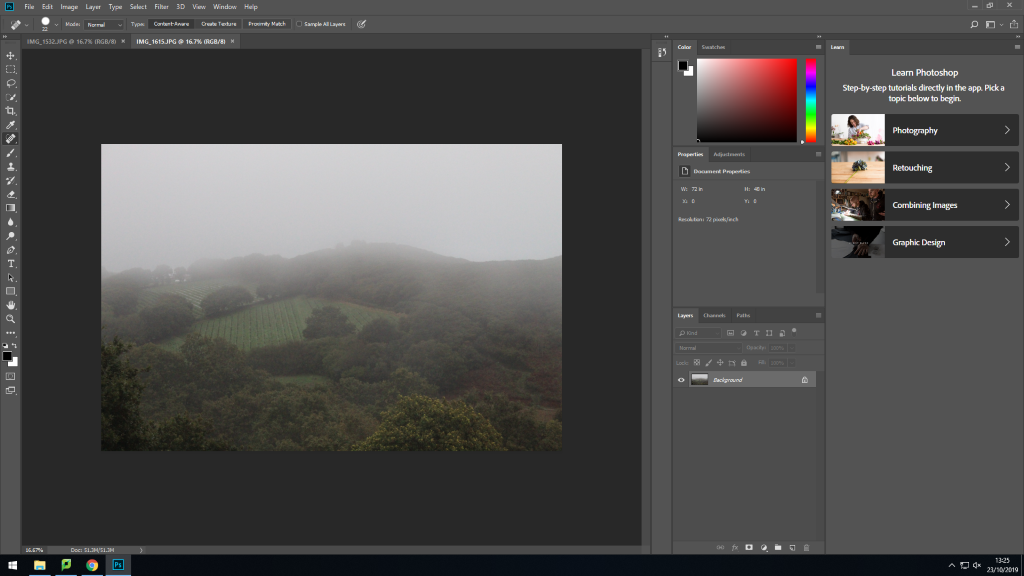
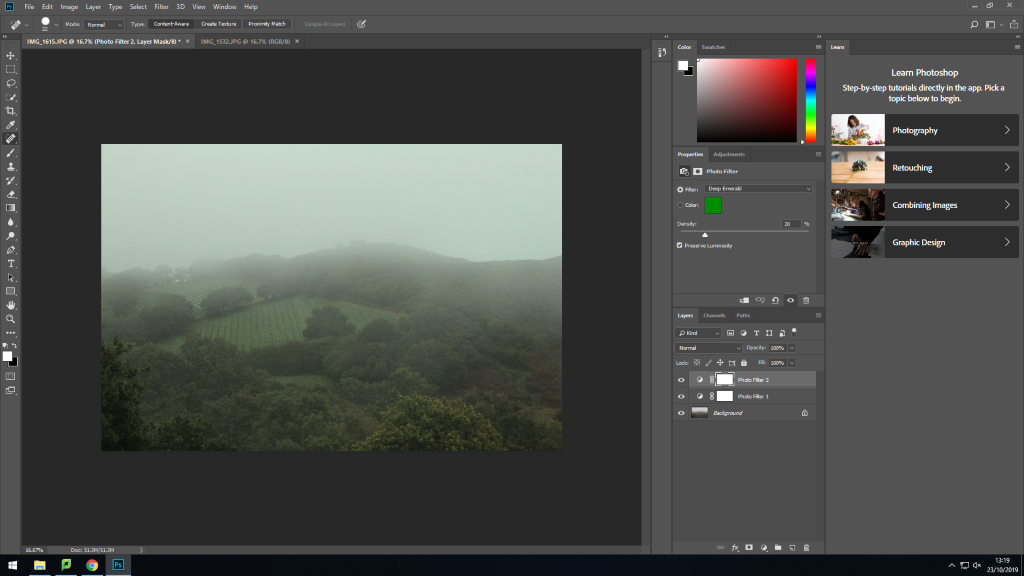
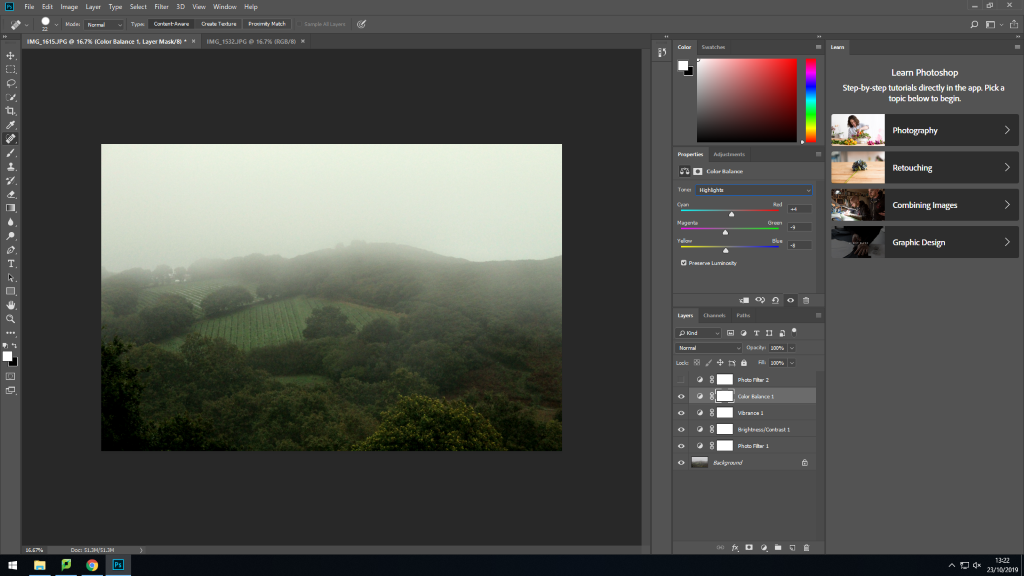
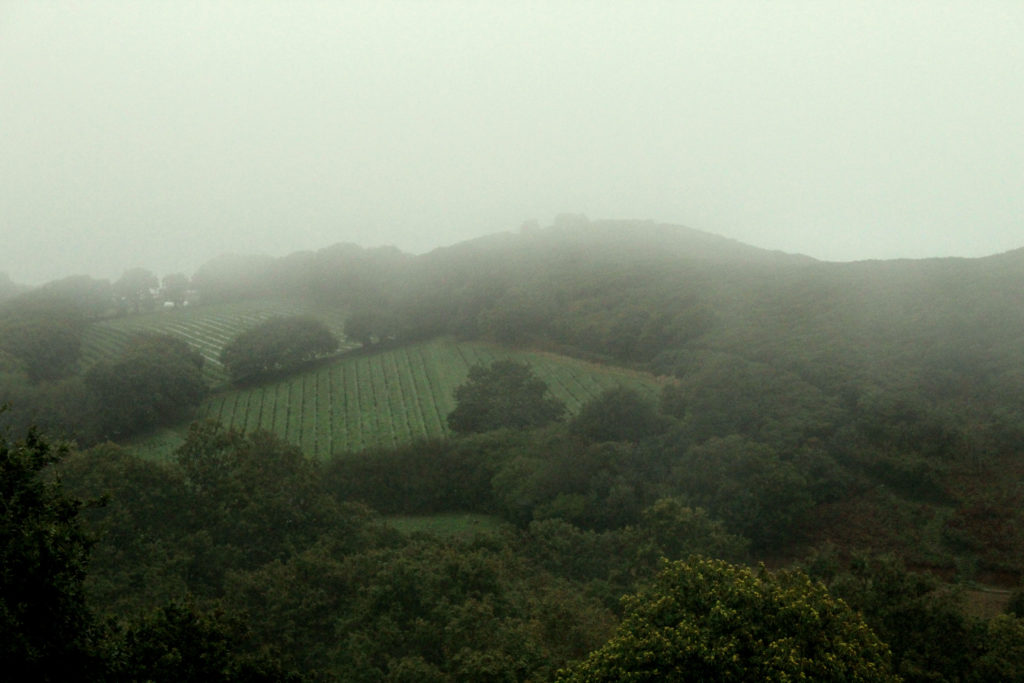
For this image I really liked the opposing lines in the two fields next to each other, I felt that it added texture to the image, along with the trees and the foggy and overcast sky. I really like the weather in this image as it added an air of mystery to the otherwise normal fields, and it provided a nice contrast against the constant green below, stopping it from becoming overwhelmingly green. I especially liked how the low clouds obscure the horizon line just a little bit in this image.

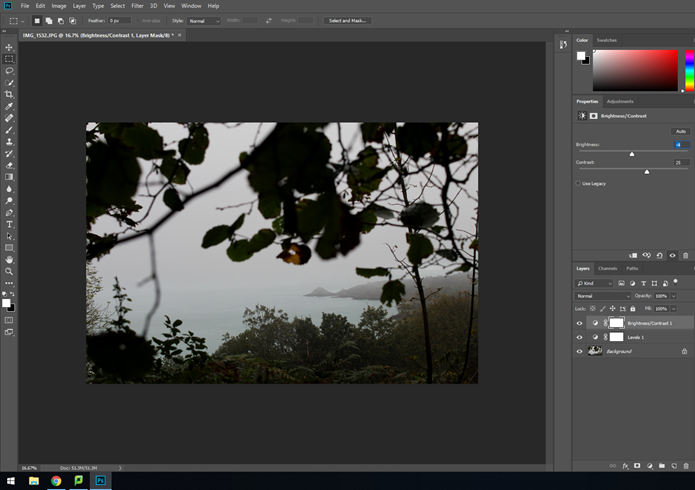

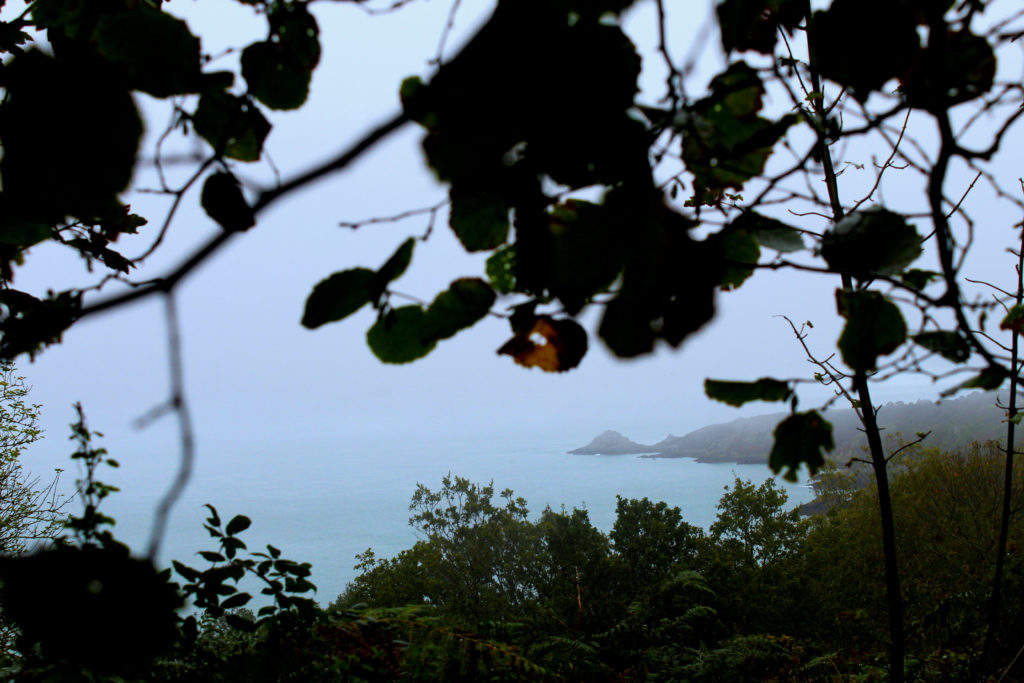
This image is one of my favourites on this shoot due to the out-of-focus leaves hanging down from above and obscuring the view slightly. I feel like this adds to the view that the camera lens is representing the human gaze , and adds interest to the image, which otherwise would have been mainly white and pale blue due to the overcast and foggy sky. When editing this image I increased the contrast between the dark bushes in the foreground and the clear and pale sky in the background, as well as making the bushes and the leaves above themselves darker, just enough to make the image seem moodier. I also increased the saturation of the greenery and the sea in the background.
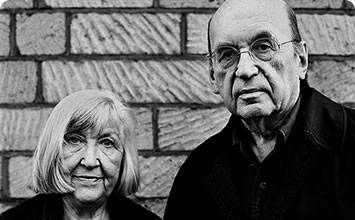
Bernd Becher was a German photographer born in Siegen, Germany, on the 20 of August 1931. He married Hilla Wobeser in 2003, who was born on the 2 September 1934, tobecome the Becher duo we know today
The pair started their joint work in 1960 and worked until Bernd’s death in 2007. Their first major exhibition was in 1967 in Munich, where their work was more so used to display the buildings themselves, rather than themselves as photographers. This was one of the first examples of their artistic style of emphasising documentation over their photographic content. After their successes they were offered a solo exhibition at the Städtische Kunsthalle in Düsseldorf, where there was also an american exhibition in the same area on Minimalist art. However, they decided to place themselves in the style of Conceptual art, where they confirmed their reputation with a place in the Documenta 5, 1972, called the Befragung der Realität – Bildwelten heute or Questioning reality – Pictorial words today. Although, both Bernd and Hilla remained sure that their work was aimed to only be in a documentation style.
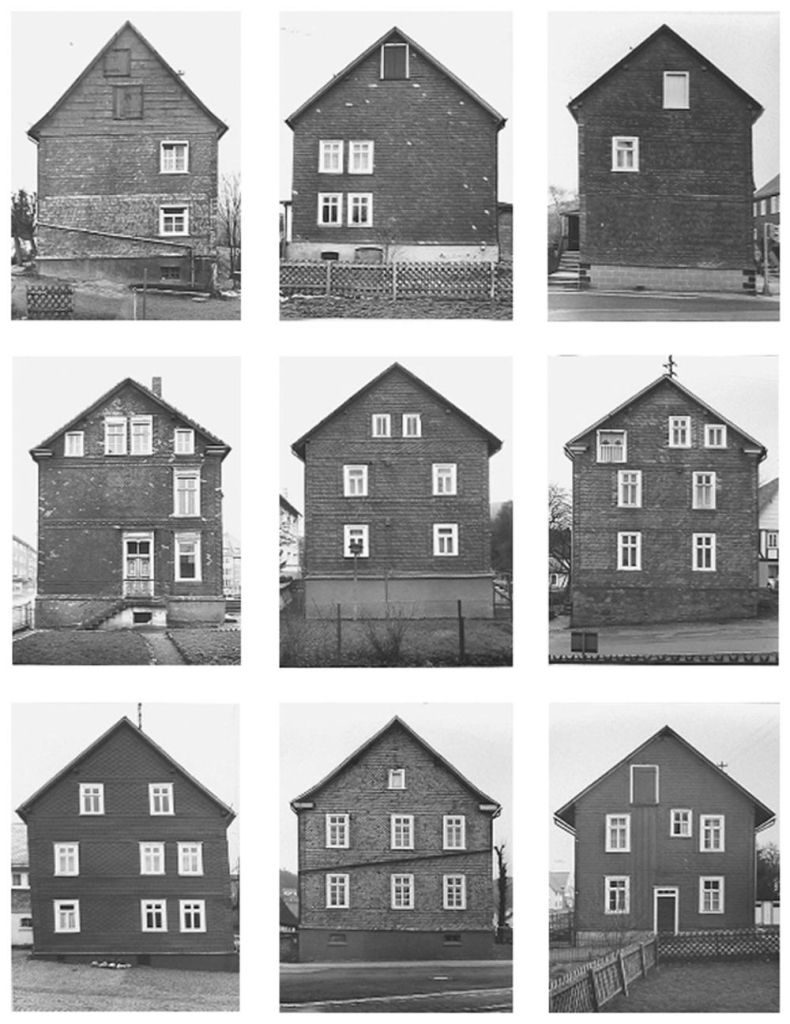
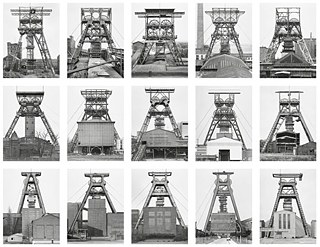
Their first photobook Anonymous Sculptures was published in 1970 and is their most well-known body of work. The title indicates that the Becher’s referred to industrial buildings as found objects.
The book consisted of an inventory of industrial structures including kilns, and gas-holders categorised into sections, such as the pot, the oven, the chimney etc.
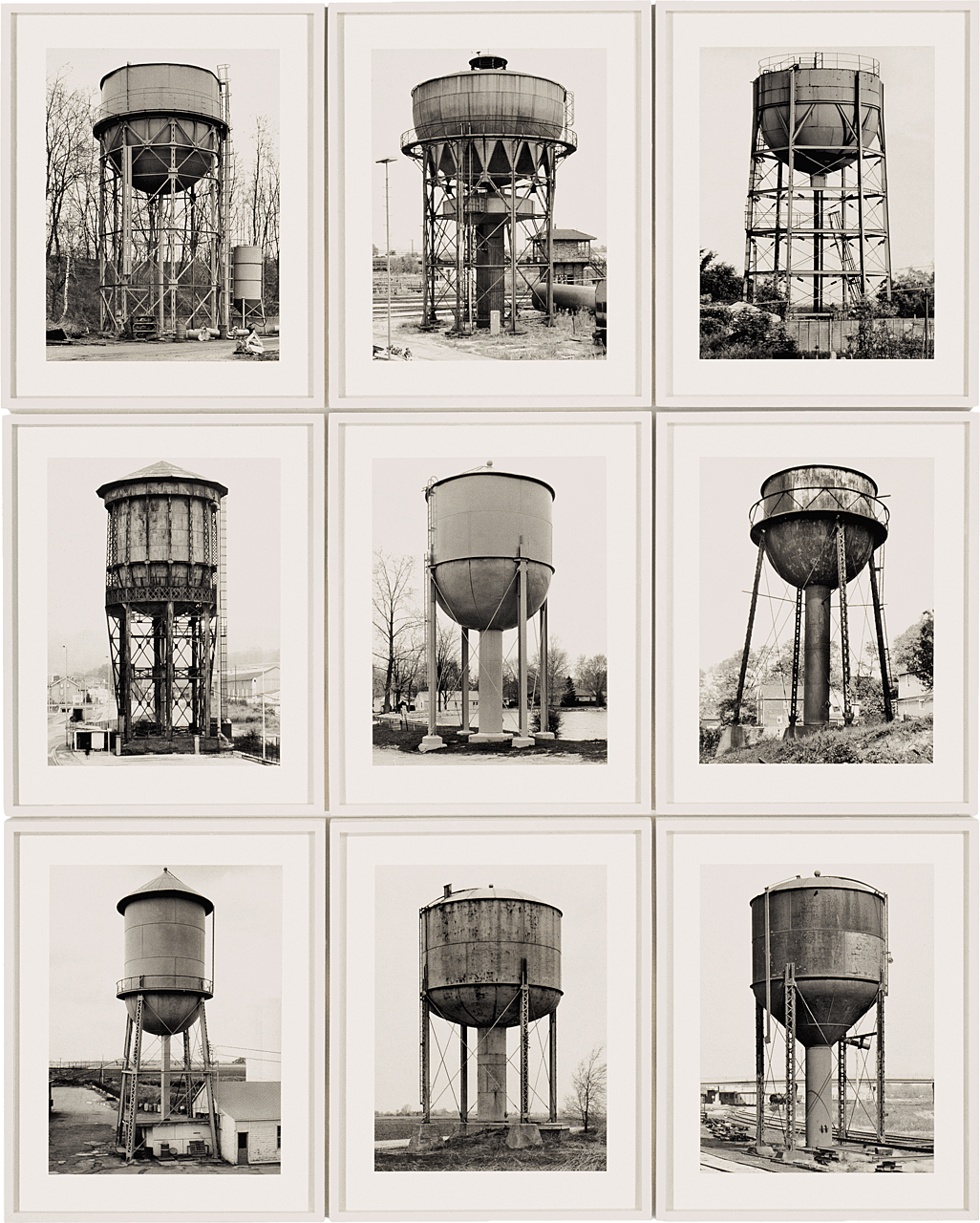
The Becher’s skill was clear, but they refused to discuss any technical aspects of their work. Both of them were trained at the Düsseldorf Art Academy under advertisement until 1962. They were set in their ideas that a photograph can’t be fully objective as the photographer has to go through many processes to form an image. The Becher’s continued to stand away from people over interpreting their work, as they only wanted to display their work for records, with no real meaning or feeling.
The pair won a Golden lion in Venice Biennale, in 1991, They later retired in 1996, but continued to work throughout Europe and North America until Bernd’s death in 2007.
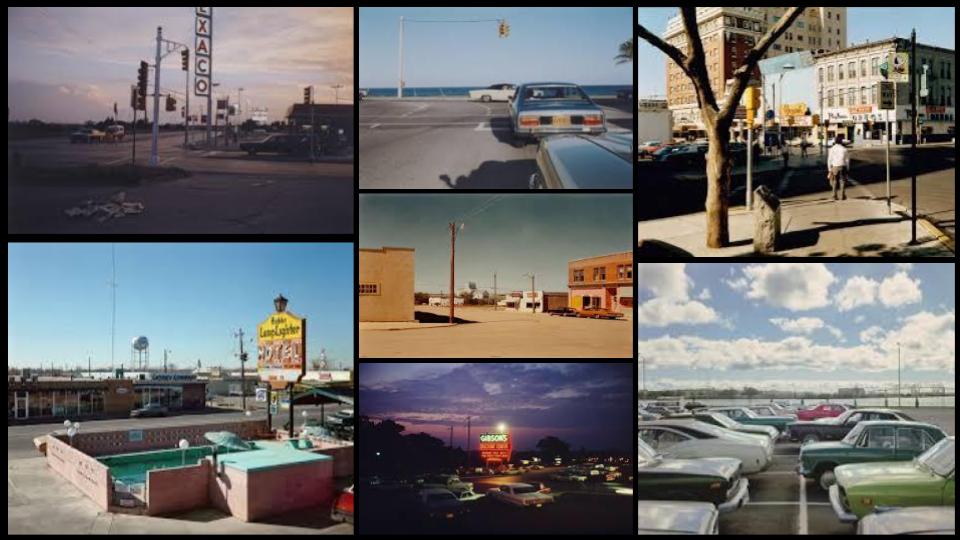
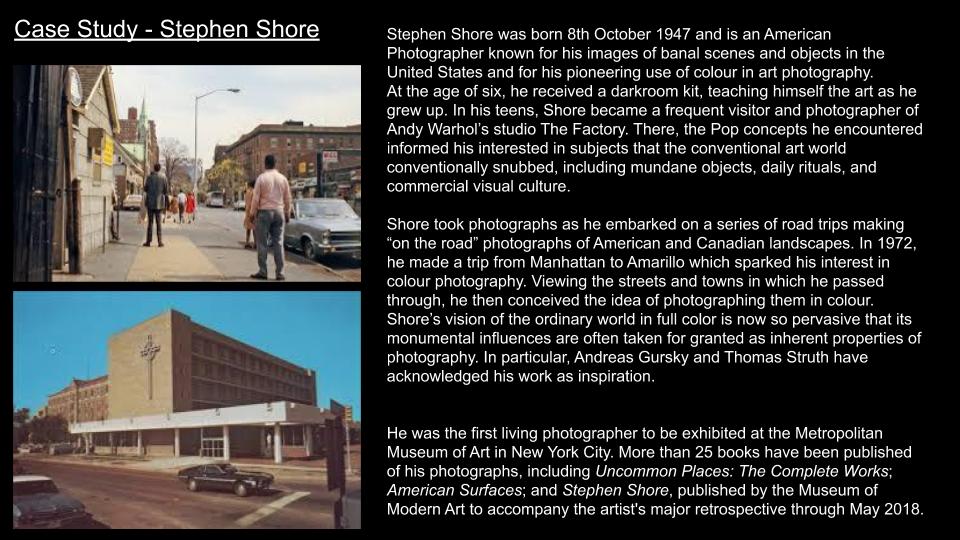
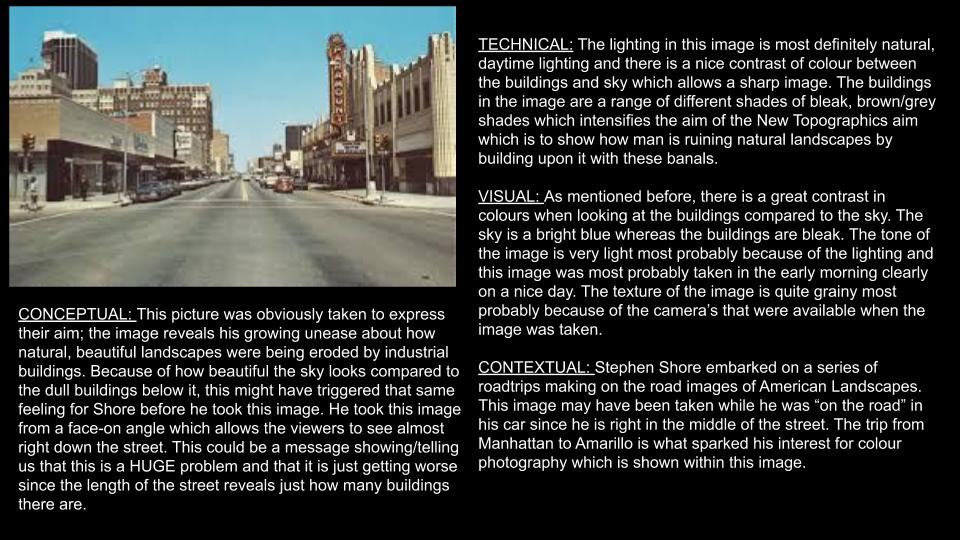
what will i photograph?
when am i going to take the photographs?
where will i take the photographs?
why am i designing this photo shoot in this way?
I have decided to design this photo shoot in this way, as i am inspired by how new and modern buildings juxtapose with the natural beauty of their surroundings and the way their unusually harsh edges contrast with the freeness of nature. If i can capture these photos well, i think they will look interesting an similar to NICHOLAS NIXONS photographs.

how am i going to produce these images?
I am going to use a PANOSONIC G1 with a 45-200 lens.